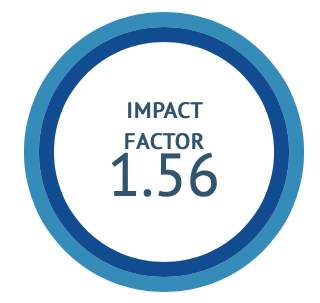Development, pharmaceutical analysis and invitro evaluation of modified herbal fumigation formulation
DOI:
https://doi.org/10.47552/ijam.v16i1.5245Keywords:
Dhoopan,, Herbal fumigation, Formaldehyde, RakshakarmaAbstract
Ayurveda is science of the life. Maintenance of health of healthy individual and Treatment of diseased are the main principles of ayurveda management. Acharya Sushruta, The Father of Surgery, explained different types of surgeries and documented procedures in sophisticated manner. He also explained Different types of instruments, dressing techniques etc. He clearly emphasized the importance of asepsis in his words Rakshakarma and different drugs he enlisted for it. Rakshakarma includes various karma (procedures) and dhoopan is an important karma among them. In modern, era sterilization and disinfection are the main weapons to deal with the different microbes present in the environment. The incidence of nosocomial infections increasing day by day, thus keeping environment and surfaces microbe free is imperative. Operation theatre is the heart of any surgical hospital and hence its sterilization is of utmost importance. Along with operation theatre complex, fumigation of in-patient and out-patient wards is also necessary. In ayurveda vranitaagar Dhoopan i.e. herbal fumigation of ward is explained by Acharya's. Different ayurvedic herbal, mineral and animal origin drugs explained by acharyas for Dhoopan. To evaluate the efficacy of vranitaagar dhoopan, many researchers are taking efforts and few studies are already completed with promising results. Formaldehyde is most widely used chemical for OT complex fumigation but due to its carcinogenic, irritable properties many safer chemicals are emerging. Still cost effectiveness of these new chemicals is a great hurdle. Formalin is not preferred for routine fumigation of wards. Hence, an attempt is made to modify herbal fumigation formulation for Dhoopan to make ward fumigation effective and safe.
Downloads
Published
How to Cite
Issue
Section
License
Copyright (c) 2025 International Journal of Ayurvedic Medicine

This work is licensed under a Creative Commons Attribution-NonCommercial-ShareAlike 4.0 International License.
The author hereby transfers, assigns, or conveys all copyright ownership to the International Journal of Ayurvedic Medicine (IJAM). By this transfer, the article becomes the property of the IJAM and may not be published elsewhere without written permission from the IJAM.
This transfer of copyright also implies transfer of rights for printed, electronic, microfilm, and facsimile publication. No royalty or other monetary compensation will be received for transferring the copyright of the article to the IJAM.
The IJAM, in turn, grants each author the right to republish the article in any book for which he or she is the author or editor, without paying royalties to the IJAM, subject to the express conditions that (a) the author notify IJAM in advance in writing of this republication and (b) a credit line attributes the original publication to IJAM.




